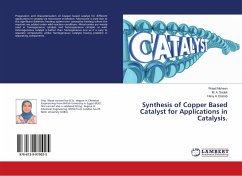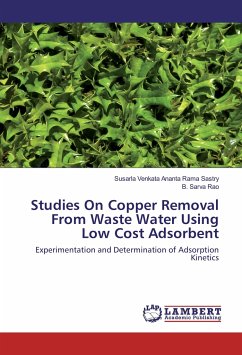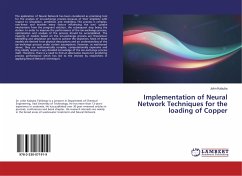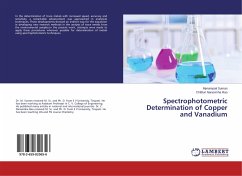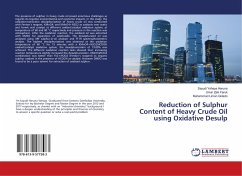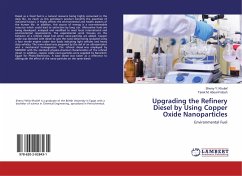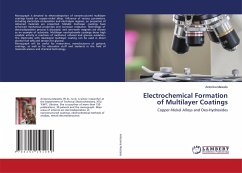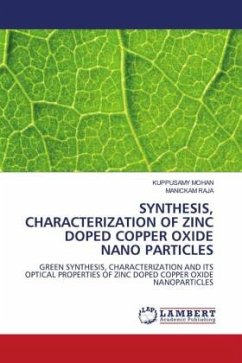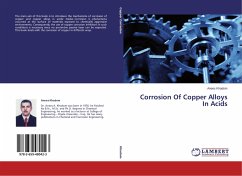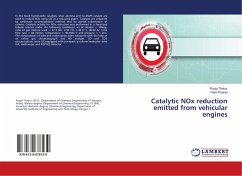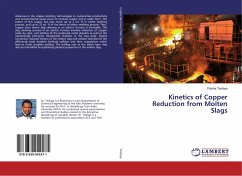
Kinetics of Copper Reduction from Molten Slags
Versandkostenfrei!
Versandfertig in 6-10 Tagen
27,99 €
inkl. MwSt.

PAYBACK Punkte
14 °P sammeln!
Advances in the copper smelting technologies to compromise productivity and environmental issues cause to increase copper loss in oxide form. The extent of this copper loss may reach up to 2 wt. % in matte smelting process, and up to 25 wt. % in the direct to blister smelting process. Thus, copper price driven slag cleaning in an electric furnace is inevitable. The slag cleaning process in an electric furnace involves reduction of copper oxide by coke, and settling of the produced metal droplets as well as the mechanically entrained metal/matte droplets in the slag bath. Mainly convection indu...
Advances in the copper smelting technologies to compromise productivity and environmental issues cause to increase copper loss in oxide form. The extent of this copper loss may reach up to 2 wt. % in matte smelting process, and up to 25 wt. % in the direct to blister smelting process. Thus, copper price driven slag cleaning in an electric furnace is inevitable. The slag cleaning process in an electric furnace involves reduction of copper oxide by coke, and settling of the produced metal droplets as well as the mechanically entrained metal/matte droplets in the slag bath. Mainly convection induced motion of the molten slag and relative velocities of the differently sized droplets facilitate collision and then coagulation which lead to faster droplets settling. The settling rate to the matte layer may also be intensified by optimizing physical properties of the molten slag.



